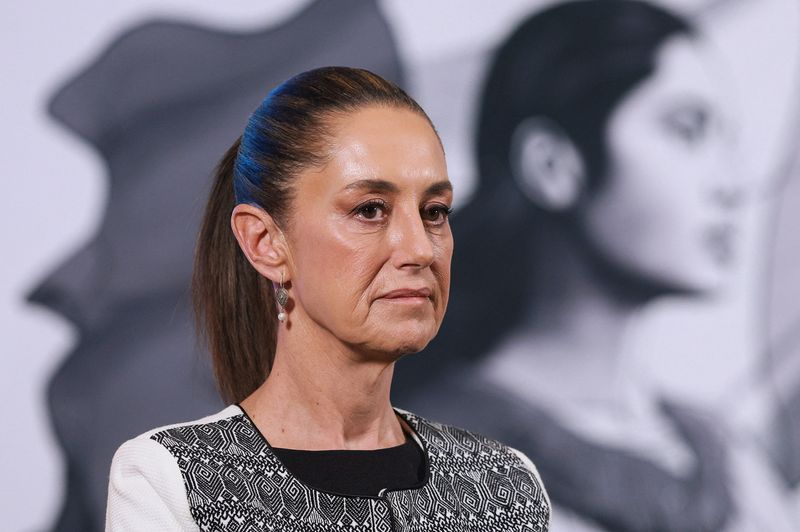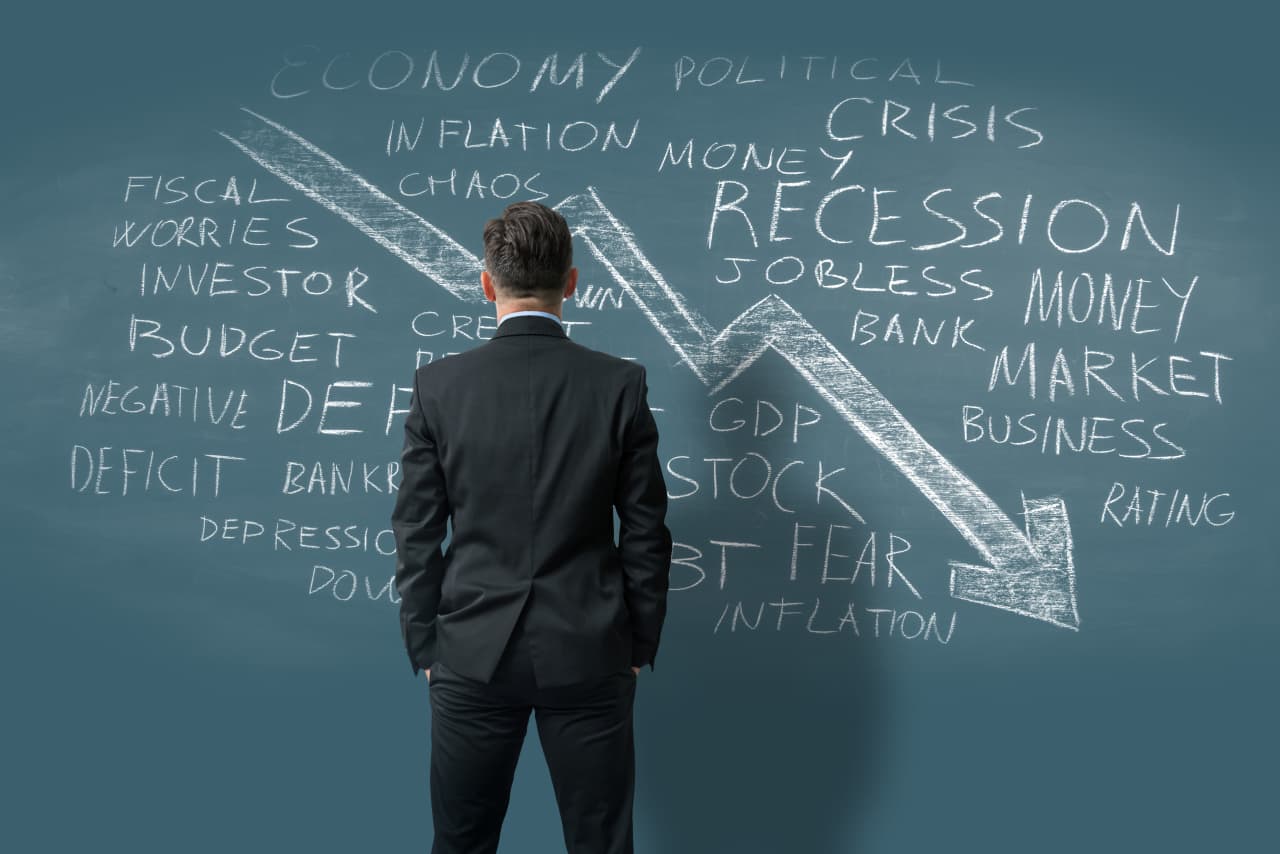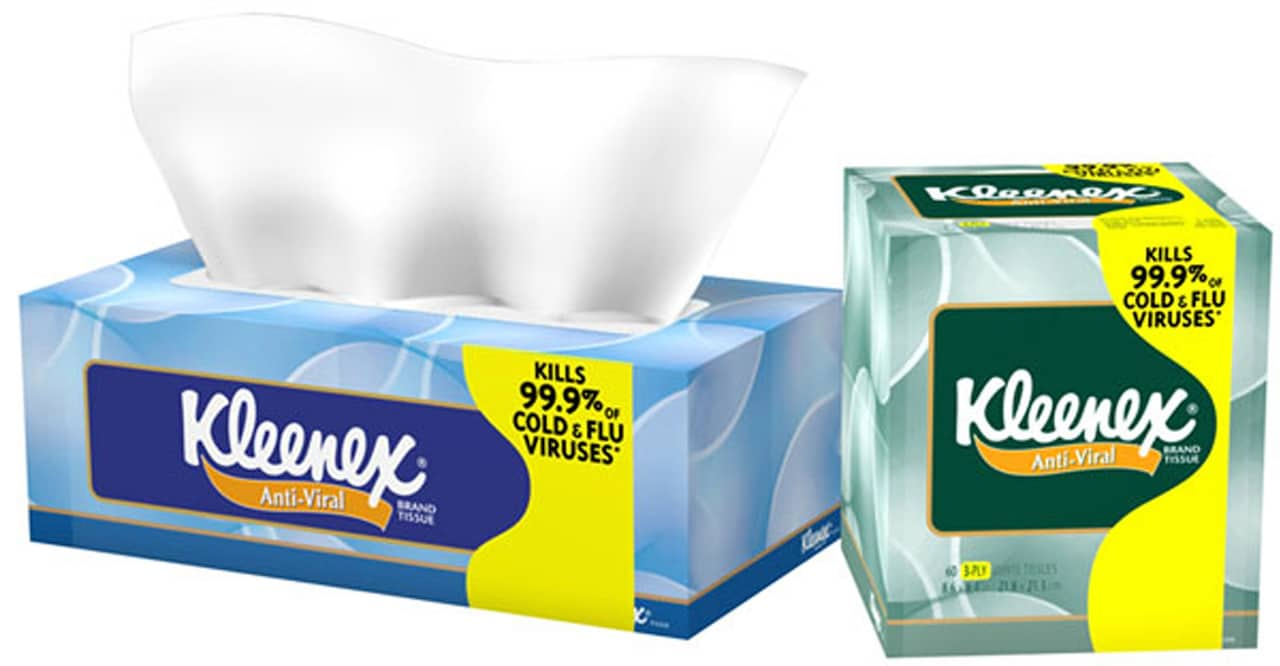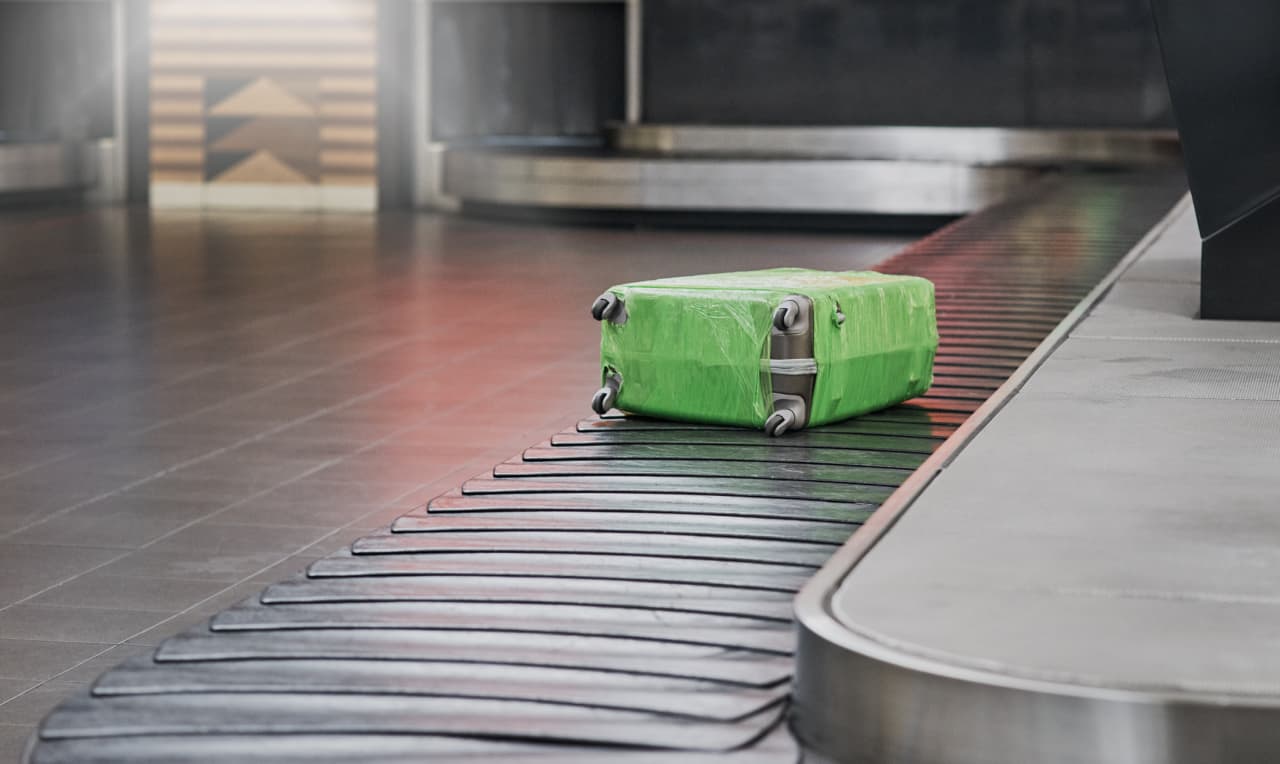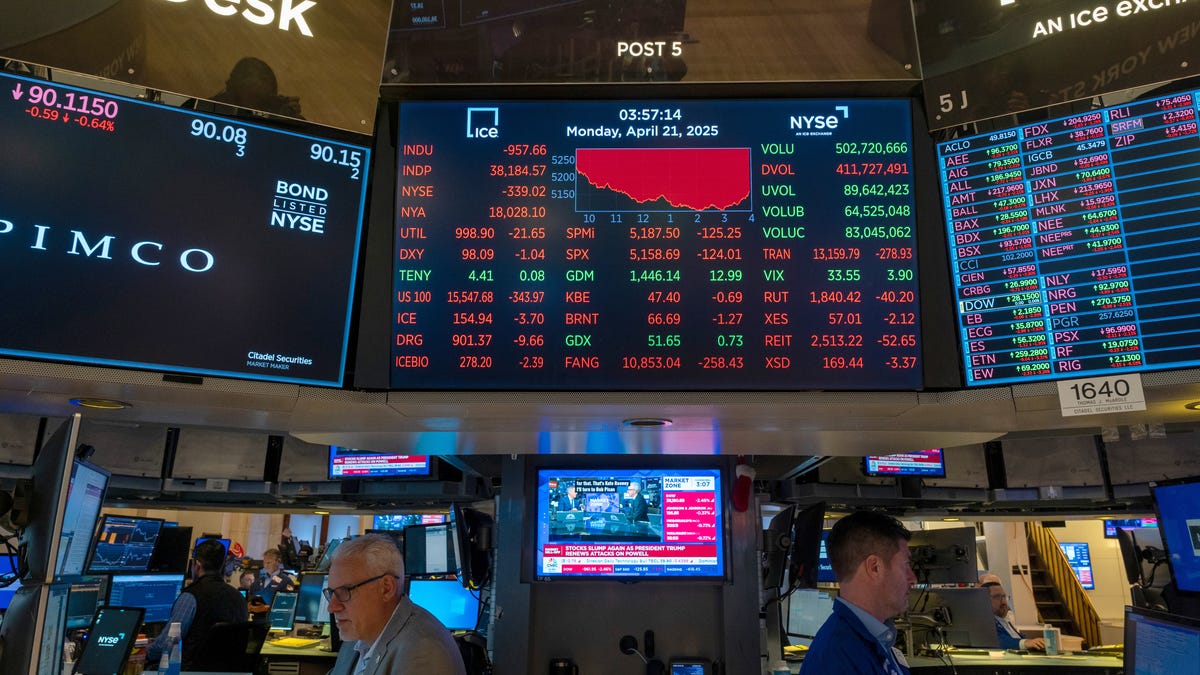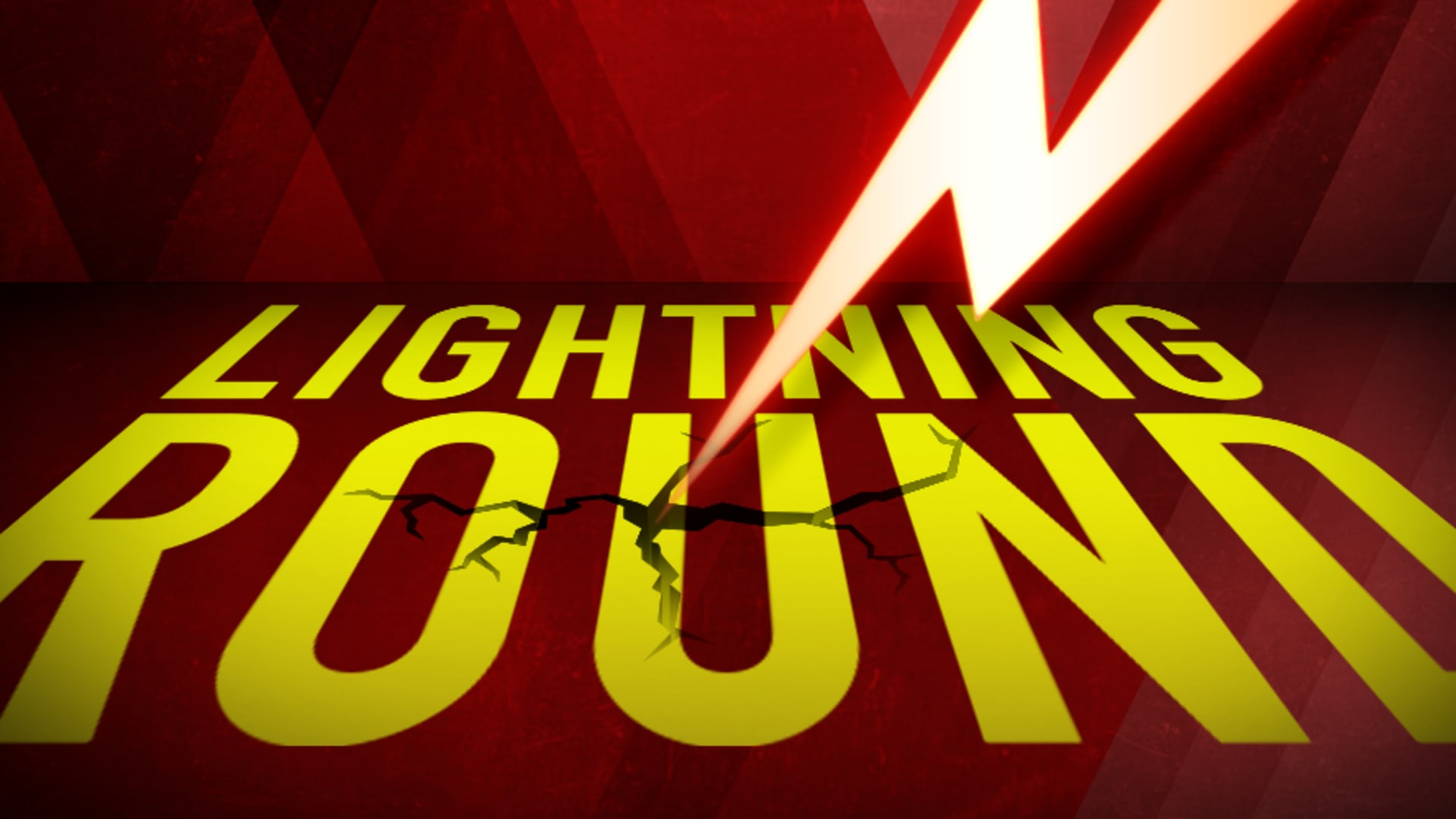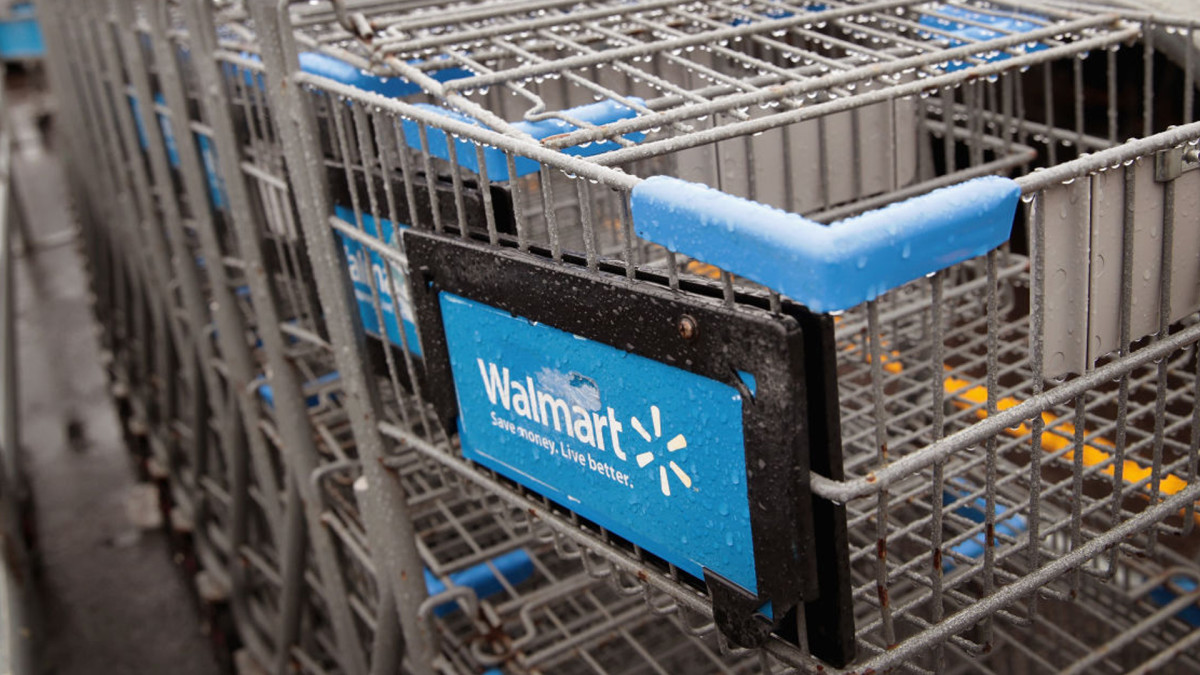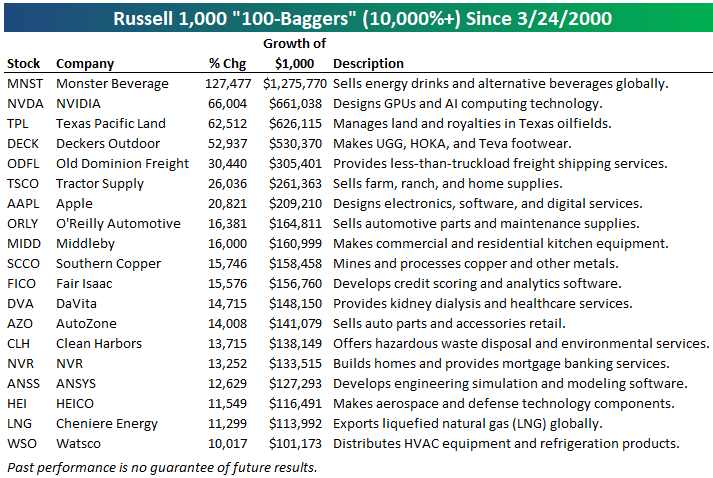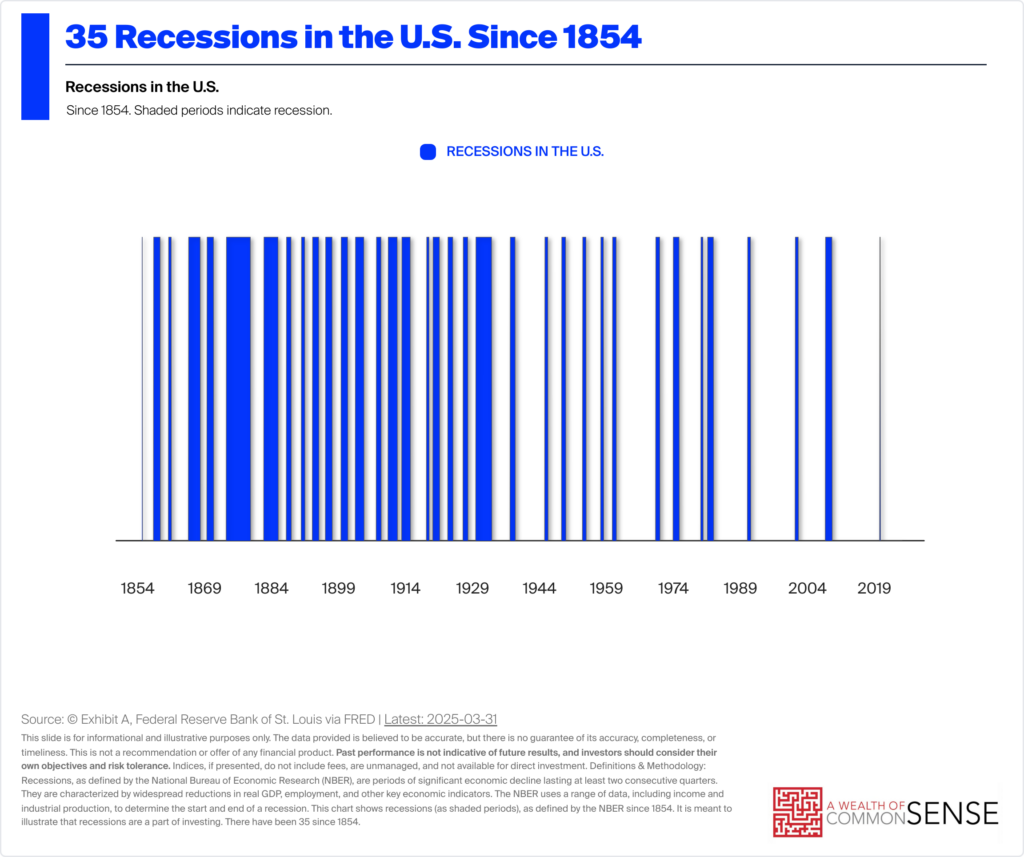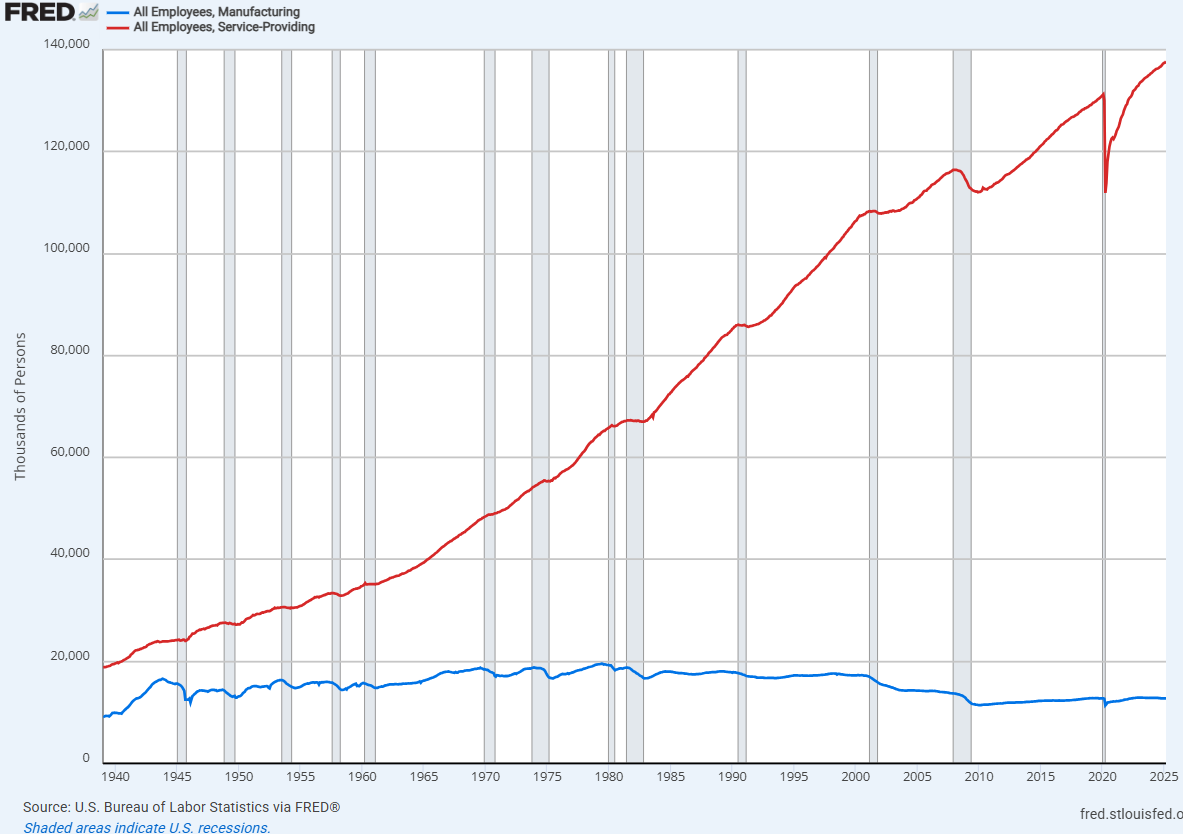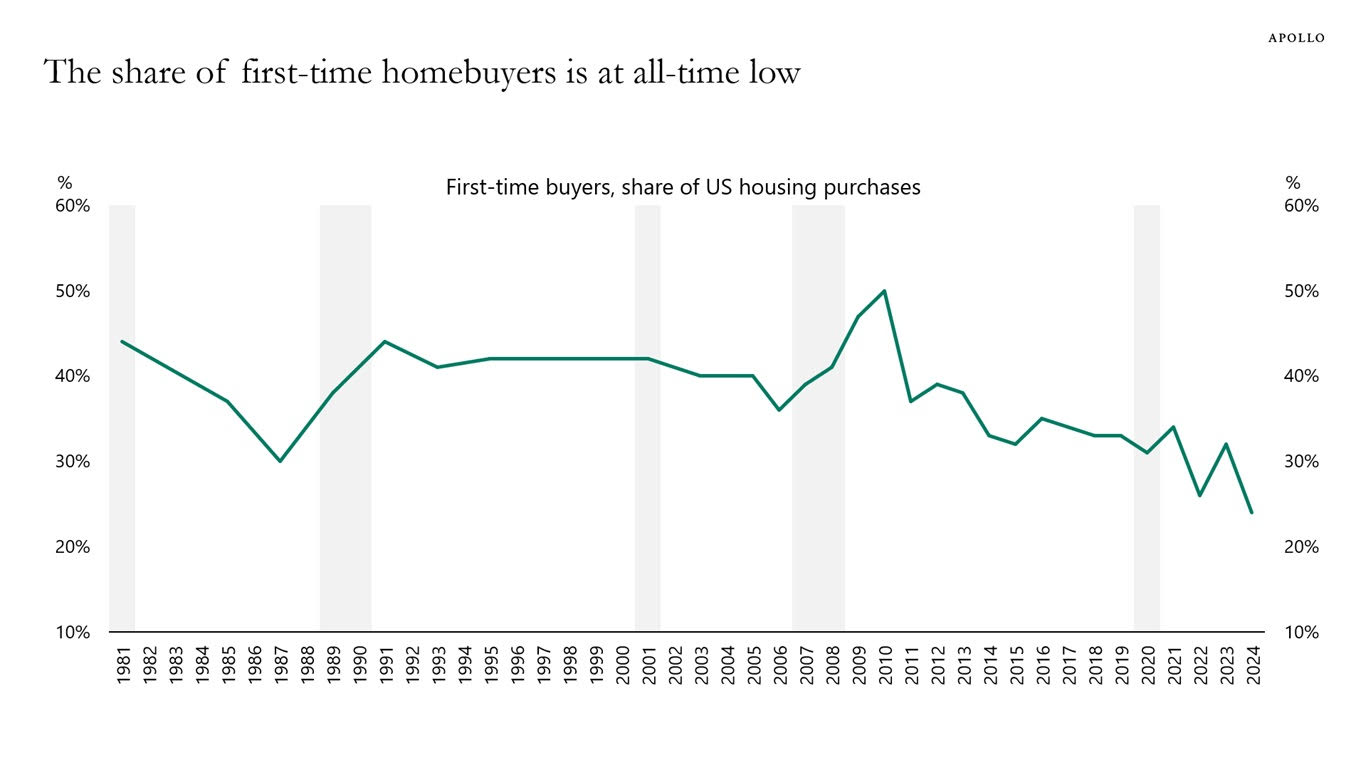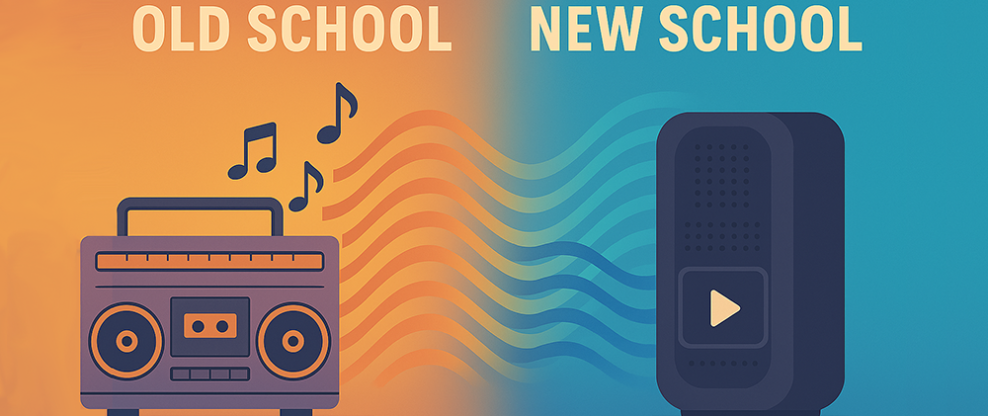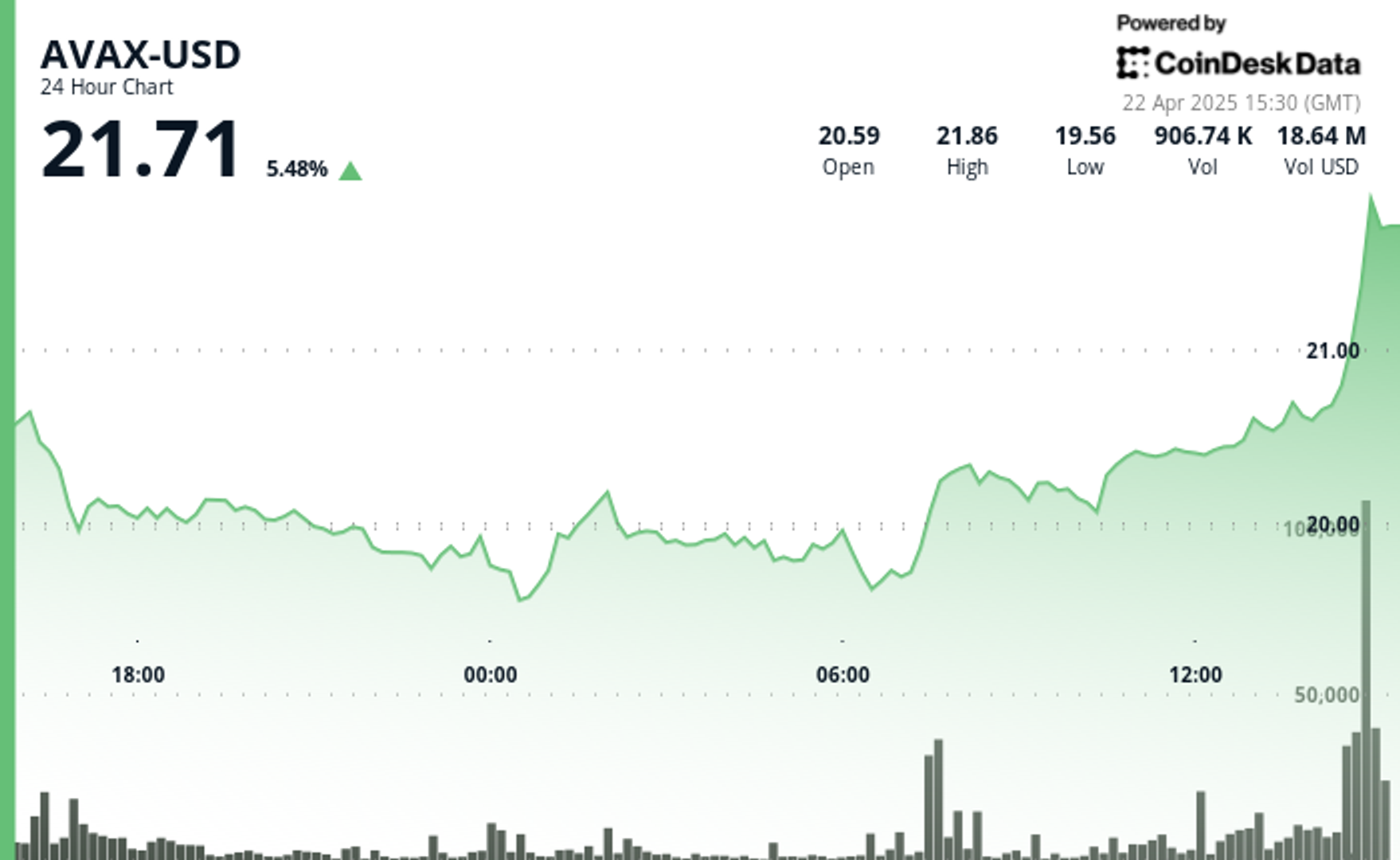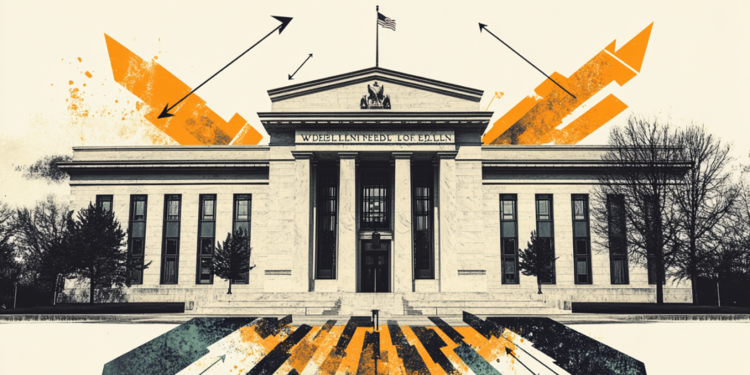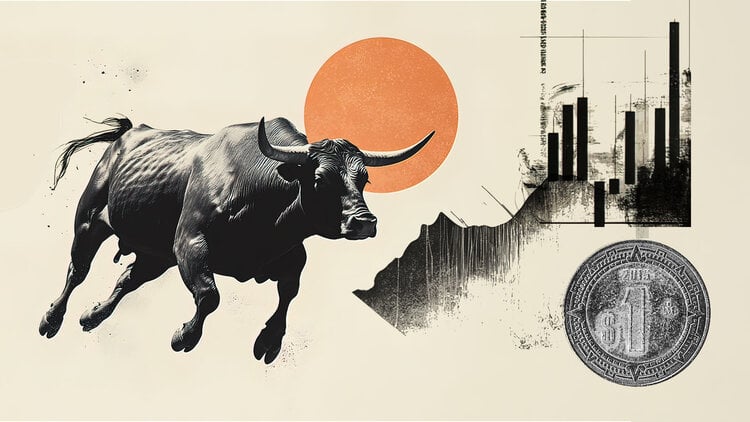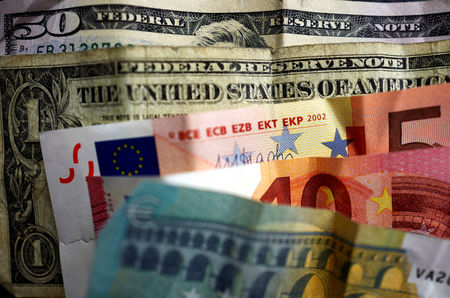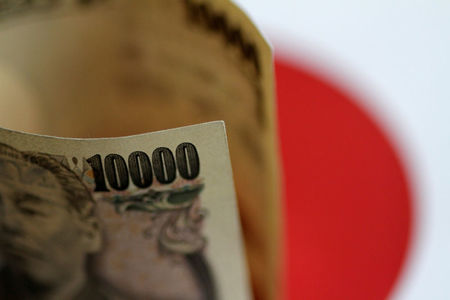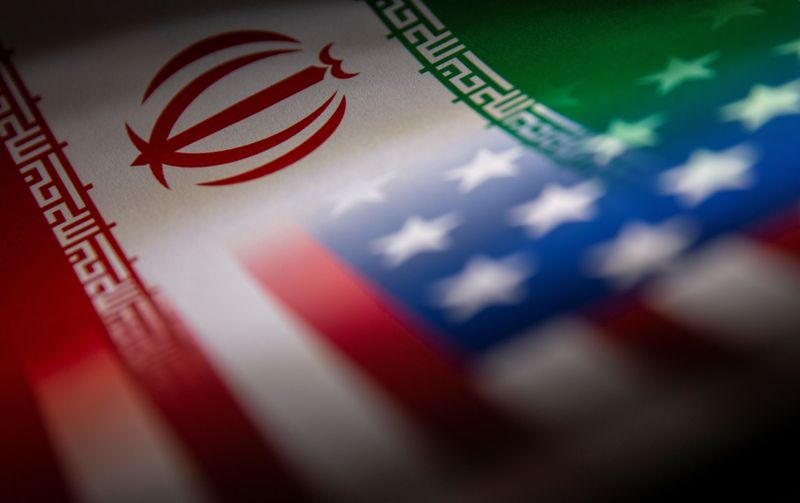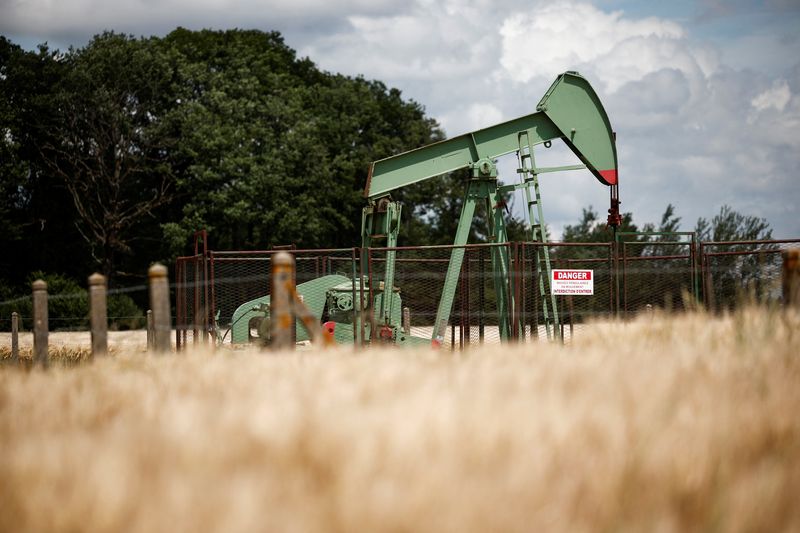How Much Should I Keep in My High-Yield Savings Account for Maximum Benefit?
Because everyone’s finances are different, seeking advice from financial gurus who possess only the barest of information about your situation is going to miss a lot of the nuances of an individual’s situation. Yet something that can benefit most people who need to have ready cash available is a high-yield savings account. They offer a […] The post How Much Should I Keep in My High-Yield Savings Account for Maximum Benefit? appeared first on 24/7 Wall St..

Because everyone’s finances are different, seeking advice from financial gurus who possess only the barest of information about your situation is going to miss a lot of the nuances of an individual’s situation.
24/7 Wall St. Insights:
-
High-yield savings accounts (HYSA) are important financial tools, ideal for holding money you need ready access to, but want to earn interest on.
-
There is no one size fits all rule, but there are specific things to consider about their usage.
-
Earn up to 3.8% on your money today (and get a cash bonus); click here to see how. (Sponsored)
Yet something that can benefit most people who need to have ready cash available is a high-yield savings account. They offer a safe place to park money while earning interest far above traditional savings accounts. Today, that’s often around 4% to 5% annually.
However, deciding how much to keep in one for maximum benefit is like those questions thrown at gurus: it depends on your financial goals, lifestyle, and need for liquidity. Yet by balancing accessibility, growth, and security, you can make the most of these accounts without tying up too much cash or missing other opportunities.
That’s what a Redditor on the r/MiddleClassFinance was trying to figure out in a post on the amount of money someone should keep in a HYSA to maximize their benefit. Rather than particular dollar amounts, though, general principles apply
Expect the unexpected
I’m not a financial guru (not even a financial planner), so these are only my opinions, but the first step is to cover your immediate needs. A high-yield savings account is ideal for funds you might need quickly, such as for unexpected medical bills or car repairs.
Most financial advisors suggest keeping three to six months’ worth of living expenses in an easily accessible account. If your monthly expenses are $3,000, aim for $9,000 to $18,000. This amount acts as a safety net, ensuring you can handle emergencies without dipping into investments or taking on debt.
Since high-yield accounts are liquid and insured up to $250,000 by the FDIC, they’re perfect for this purpose, offering peace of mind while earning decent interest.
Life’s little pleasures
Beyond emergencies, consider your short-term goals, like saving for a vacation, a wedding, or a down payment on a home. Money for goals within one to five years belongs in a high-yield savings account because it’s safe from market volatility, unlike stocks.
For example, if you plan to buy a $20,000 car in two years, saving $10,000 annually in a high-yield account at 4.5% could earn you about $900 in interest, keeping your funds secure and growing.
However, don’t overfund these goals. Keeping more than needed for short-term plans can limit your wealth-building potential, as high-yield accounts, while better than regular savings, still lag behind long-term investments like ETFs, which historically return 7% to 10% annually.
Further considerations
Another factor is how often you need to access your money. High-yield savings accounts sometimes limit withdrawals to six per month, and frequent transfers could incur fees or lower interest rates. If you anticipate needing quick access for regular expenses, keep only what you’ll need for planned withdrawals, directing excess to other vehicles like money market funds for slightly higher returns with similar liquidity.
Spreading savings across multiple high-yield accounts can also help. Different banks offer varying rates — say, 4.8% at one versus 4.2% at another — allowing you to optimize earnings. Some banks also provide temporary bonus rates, like 5.5% for new customers, which you can capture by opening additional accounts, provided you manage them carefully to avoid confusion or minimum balance fees.
Different people, different needs
Liquidity needs vary by life stage. Younger individuals with stable jobs might keep less in high-yield accounts, perhaps $10,000, funneling more into growth assets. Retirees, needing quick access for healthcare or living costs, might hold $30,000 or more for comfort.
Regardless, avoid hoarding cash beyond your goals. Inflation, averaging 2% to 3% annually, erodes purchasing power, and high-yield rates may not always outpace it. For instance, $50,000 at 4.5% earns $2,250 yearly, but if inflation is 3%, real gains are only $750. Long-term wealth requires investments like real estate or index funds for higher returns.
Tax implications also matter. Interest from high-yield accounts is taxable, so large balances increase your tax bill. If you’re in a 22% tax bracket, $2,000 in interest costs $440 in taxes, reducing net gains. Keep only what aligns with your liquidity and goal timeline, directing surplus to tax-advantaged accounts like IRAs.
Key takeaways
High-yield savings accounts can and should play an important role in your financial plans. Ultimately, the ideal amount in an is an individual decision, but should be enough to cover three to six months of expenses plus cover any short-term goals — typically $10,000 to $30,000 for most. This ensures security and growth without sacrificing opportunities elsewhere.
Regularly review your balance, rates, and goals, adjusting as life changes to maximize an HYSA’s benefits while keeping your money working hard.
The post How Much Should I Keep in My High-Yield Savings Account for Maximum Benefit? appeared first on 24/7 Wall St..





